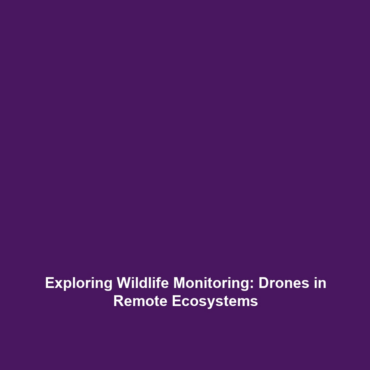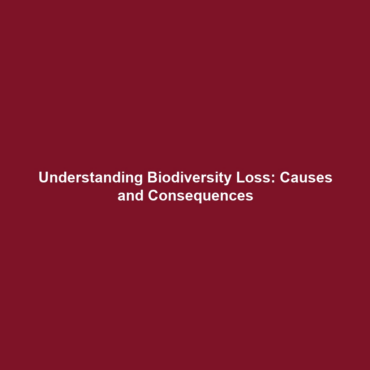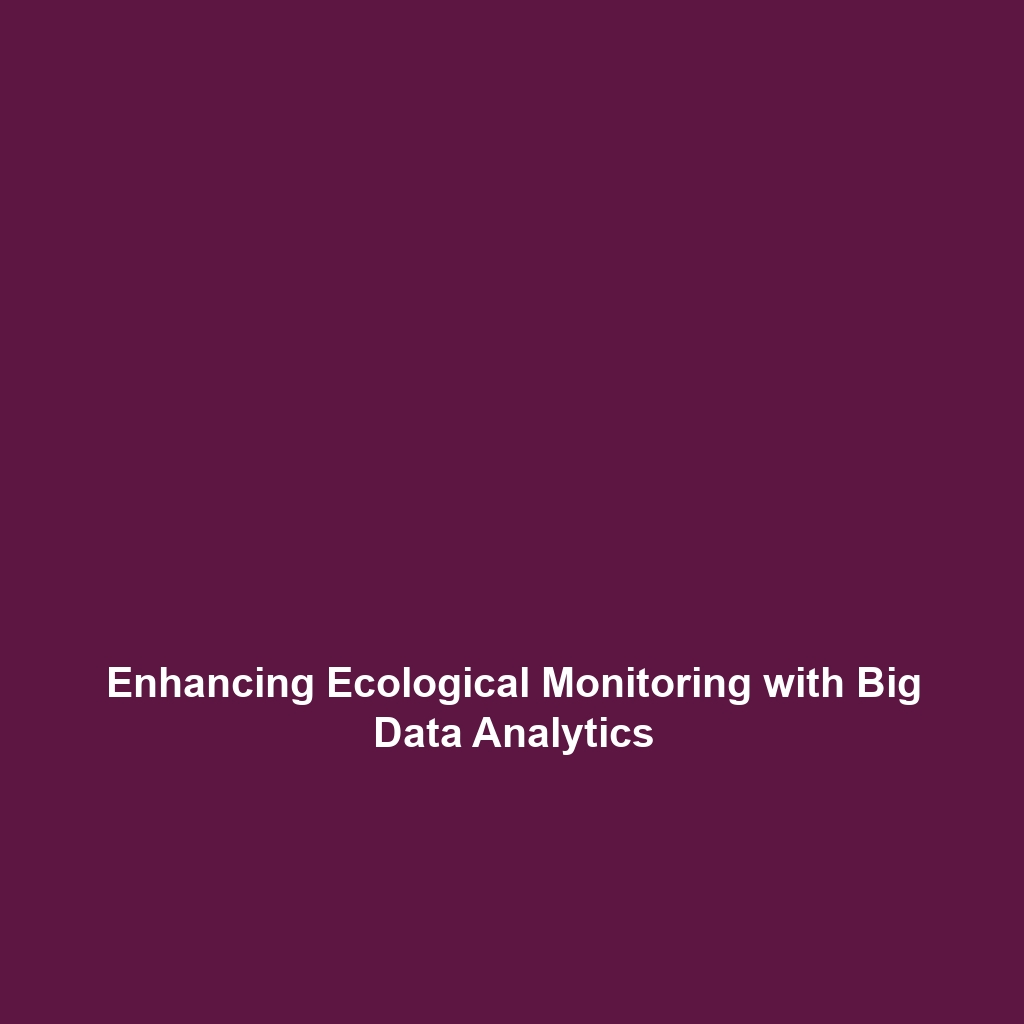How Drones are Used to Monitor Wildlife in Hard-to-Reach Areas
Introduction
Drones have revolutionized wildlife monitoring, offering scientists innovative tools to gather data in hard-to-reach areas such as jungles, forests, and oceans. These unmanned aerial vehicles (UAVs) provide high-resolution imagery, enabling researchers to track animal populations, monitor habitats, and assess environmental changes with unprecedented efficiency. In the broader context of Drones in Science, the use of drones is not only significant for ecological studies but also plays a crucial role in conservation efforts globally.
Key Concepts
Understanding how drones are utilized in wildlife monitoring involves several key concepts:
1. Aerial Surveillance
Drones are equipped with advanced technology, including cameras and thermal imaging, to conduct aerial surveys without disturbing wildlife. This non-invasive observation method enables researchers to collect data from remote locations.
2. Data Collection and Analysis
With the integration of mapping software and data collection instruments, drones allow for the efficient gathering of data over large areas, which traditional methods may find challenging. This capability is paramount in dense jungles or vast oceanic expanses.
3. Geographic Information Systems (GIS)
The application of Geographic Information Systems enhances the analysis of wildlife patterns, aiding in habitat mapping and biodiversity assessments. Drones facilitate the integration of real-time data into these systems, optimizing conservation strategies.
Applications and Real-World Uses
The applications of drones in wildlife monitoring are vast and impactful:
- Population Tracking: Drones are used to estimate population sizes of endangered species in both jungles and oceans.
- Habitat Monitoring: Scientists utilize drones to monitor changes in habitats caused by deforestation or climate change.
- Anti-Poaching Measures: UAVs provide a surveillance tool for anti-poaching efforts, allowing rangers to monitor protected areas from the air.
These are just some examples of how drones are used to monitor wildlife within the realm of Drones in Science.
Current Challenges
Despite the advantages, there are several challenges of using drones in wildlife monitoring:
- Regulatory Issues: Different countries have varying regulations regarding drone usage, limiting operational flexibility.
- Technical Limitations: Battery life and payload capacity of drones can restrict flight time and data collection capabilities.
- Data Overload: The vast amount of data collected can be overwhelming, requiring sophisticated processing techniques to extract useful insights.
Future Research and Innovations
The future of how drones are used to monitor wildlife looks promising, with several innovations on the horizon:
- Increased Automation: Future drones may feature advanced autonomous flight capabilities, allowing for more efficient data collection.
- Integration with AI: Artificial intelligence could be integrated to process data in real-time, facilitating immediate responses to wildlife conservation needs.
- Advanced Sensing Technology: Next-generation sensors can provide more precise measurements, enhancing data quality.
Conclusion
In summary, the use of drones to monitor wildlife in hard-to-reach areas such as jungles, forests, and oceans is transforming conservation strategies and ecological research. This technology not only enhances data collection but also plays a crucial role in protecting biodiversity. To learn more about the intersection of technology and environmental science, check out our other articles on drones in environmental monitoring and conservation technologies.


